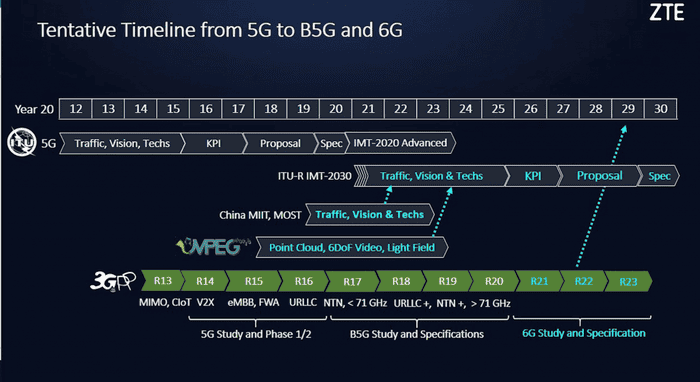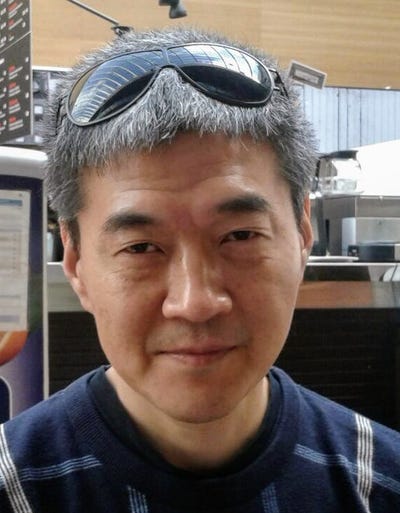Consensus on 6G is gradually formingConsensus on 6G is gradually forming
Participants at the virtual 6G Wireless Summit shared their thinking on what 6G can do and what research is needed to get the underlying technologies in place.
March 17, 2020

Participants at the virtual 6G Wireless Summit shared their thinking on what 6G can do and what research is needed to get the underlying technologies in place.
The 6G Wireless Summit 2020 would have kicked off in Finnish Lapland this morning. Instead, the organisers have moved it online. Except for the lack of face-to-face conversations, the virtual event is a competent substitute. This may not be the first time that speakers needed to record their presentations, considering companies had been already pulling out other events over the recent weeks. By the time the Summit was scheduled to start, most of the keynote speeches and presentations at the technical streams had been made available online.
A year ago, when Team Finland introduced its 6G Flagship programme (then called 6Genesis) at Mobile World Congress 2019, what 6G was about was almost a blank slate. Twelve months and 800 peer-reviewed papers later, the direction of 6G is much clearer and the vision is increasingly shared by industry experts and their academic partners.
Having watched six of the seven keynotes (Huawei’s speech has yet to be made available by the time of writing), we can see a clear convergence between the speakers’ views on both what 6G is expected to do and where research investment should be made to make those expectations come true.
Even their 6G vision taglines could look rather similar. For example, Harish Viswanathan, Head of Radio Systems Research Group at Nokia Bell Labs, believed 6G will “unify the experience across physical, digital and biological worlds”, while Dr. Fang Min, Director of 6G Research & Collaboration in the ZTE’s Wireless Division, saw 6G “integrating the physical and digital world”.
The leading use cases expected for 6G are shared by most speakers. For instance, they all foresaw vastly increased interaction between human and intelligent machine. Both ZTE’s Dr. Fang and Ericsson’s Dr. Mikael Prytz, Head of Research Area Networks, called it “Internet of Senses”. This includes both enhanced brain-computer interaction, and, in the words of Nokia Bell Lab’s Viswanathan, in-body monitoring.
Another key use case referred to by the speakers is what Ericsson’s Prytz called Connected Intelligence, or what ZTE’s Fang called Internet of AI, meaning AI interacting with each other, intelligent machines serving other intelligent machines. Such a scenario will have strong implications on network designs which are now limited by human senses.
With 6G poised to operate on much higher frequency than 5G (for example the FCC granted >95GHz for experimental use), the shorter wavelengths will allow for higher localisation accuracy, possibly down to centimetre level positioning. One outcome of such precision will be full digital representations of the physical world, or “digital twins”, by also fusing data from other sources including network data. Network operators will also be able to generate interconnected and collaborative digital twins, and digital representation of larger objects and their environment. Nokia Bell Lab demonstrated a digital twin of a New Jersey street with drone-captured high-resolution data for wireless network optimisation, for example accurate signal propagation prediction.
These use cases need to be supported by new, advanced underlying technologies that will provide guidelines for research in the discipline in the coming years. New spectrum technologies are highlighted by all speakers as such a domain. This includes both radio technology on the so-called D-Band (140-180GHz) and above, and progress in material sciences. Bell Lab’s Viswanathan pointed out that transceiver design for such radio frequencies will be more sophisticated, and may need to use glass interposers instead of silicon. ZTE also sees “Beyond Silicon” as one of the leading 6G challenge.
Network architecture is another key technology requirement that needs to advance in the run-up to 6G. One such advancement is what Nokia Bell Lab’s Viswanathan sees in the trend of RAN-Core convergence. This is primarily driven by the need to move the core closer to RAN for low latency service as well as to make the RAN more centralised towards the cloud. A related trend highlighted by Viswanathan is the demand for hyper specialised slicing. He believes that network slicing should move from resource reservation in 5G to providing separate software stacks and functions by using different micro-services.
Both ZTE’s Fang and InterDigital’s Alain Abdel-Majid Mourad, Director Engineering R&D, stressed the importance and demand for innovation to meet 6G’s new KPIs. Network security in 6G is also highlighted. While Nokia Bell Lab’s Viswanathan saw in 6G a “sixth sense”, for example using real-time analytics of sensor data by AI, Ericsson’s Prytz believed that the holistic solution of hardware-based security, trusted computing, and secured enclave will form the base of the future computing networks.
When it comes to the timing, the speakers had a consensus that it would be around 2030 when 6G will start commercialisation. ZTE believed 3GPP will start more concrete 6G specification work in R22, which the company expects to see in 2029. See the chart below for ZTE’s detailed prediction for the timeline from 5G to Beyond 5G (B5G) and 6G.
In general, the speakers at the Summit look to have much more in common with their views on what they expect 6G to look like than a year ago, as well as sharing an understanding on what key research areas will be in the years to come. While there is no guarantee these predictions will turn out to be correct, Nokia Bell Lab’s Viswanathan put it best when he said, “We have 10 years to be proved wrong, and now can have fun predicting the future.”

Source: 6G Wireless Summit 2020, ZTE Keynote
About the Author
You May Also Like










.png?width=300&auto=webp&quality=80&disable=upscale)


_1.jpg?width=300&auto=webp&quality=80&disable=upscale)